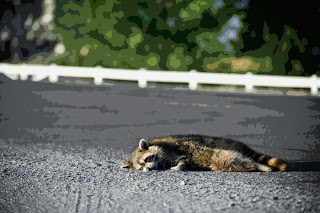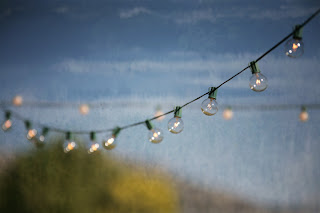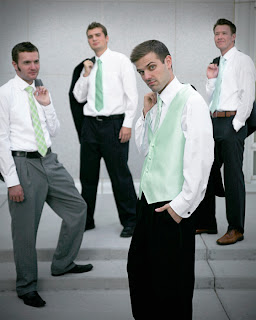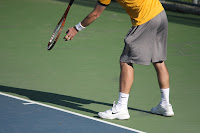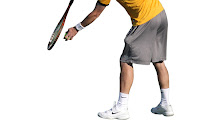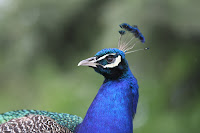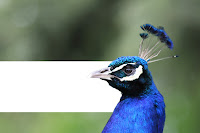The following photographs are listed in order of date/time taken. I would consider them some of the most enjoyable and rewarding photographs that I have taken so far. There are many portraiture images that I have taken over the years, of which I am proud and do enjoy, but these seem to make me pause and observe a bit longer than my other images and say to myself, "Wait. I took these photographs?!"
Enjoy.
Warmly,
Ryan K.
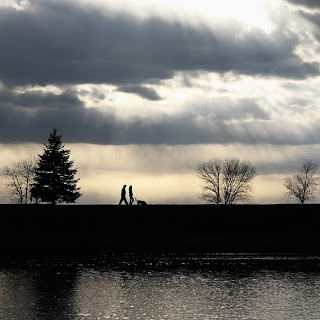
"Sunday Stroll" | 10 Apr 2010 6:31pm | Nature Park
f/8 | 1/1600s | ISO 200 | 56mm | Canon 40D
PP: square crop, boost contrast, incr. sharpness, adjust curve
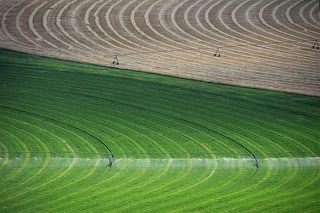
"Crop Circles" | 19 Aug 2010 5:32pm | R Mountain
f/5.6 | 1/400s | ISO 200 | 135mm | Canon 40D
PP: rotate image, adjust level, boost contrast, desaturated and lowered luminance in green channel, slight vignette
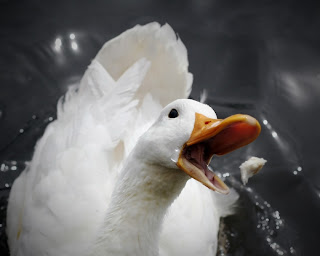
"Duck Hunt" | 6 Sep 2010 2:32pm | Nature Park
f/4 | 1/4000s | ISO 400 | 50mm | Canon 40D
PP: boost contrast, partially desaturated all color channels except orange
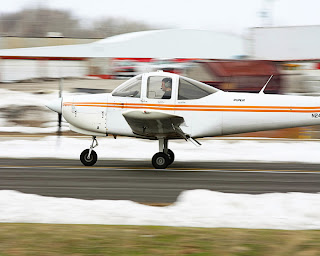
"Plane Panning" | 19 Mar 2011 10:09am | Rexburg Airfield
f/13 | 1/80s | ISO 100 | 200mm | Canon 40D
PP: boost sharpness, incr. saturation, slight warm
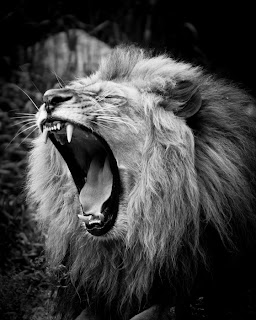
"Hear me ... Yawn" | 18 Jun 2011 1:15pm | Idaho Falls Zoo
f/2.8 | 1/400s | ISO 200 | 200mm | Canon 40D
PP: convert B&W, boost contrast & sharpness, strong vignette
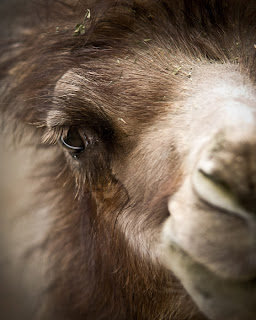
"Close Camel" | 18 Jun 2011 1:15pm | Idaho Falls Zoo
f/2.8 | 1/400s | ISO 200 | 135mm | Canon 40D
PP: adjst. level, boost contrast & sharpness, desat. browns, vignette
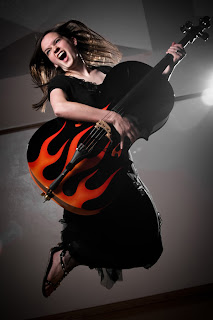
"Hello Cello" | 1 Jul 2011 6:03pm | Snow Building
f/3.2 | 1/200s | ISO 100 | 28mm | Canon 40D + off-camera flash (key light) w/ shoot-thru umbrella + off-camera flash (hair light)
PP: boost contrast, airbrush touch up, strong vignette

"Bearded Dragon" | 9 Jul 2011 7:45pm | Rexburg neighbor's house
f/4.0 | 1/200s | ISO 100 | 75mm | Canon 40D + off-camera flash w/ shoot-thru umbrella
PP: boost contrast & sharpness, slight desat, vignette
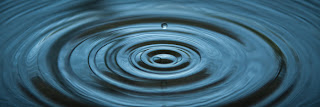
"Dripples" | 30 Aug 2011 12:31pm | kitchen table
f/2.8 | 1/3200s | ISO 400 | 75mm | Canon 40D + shutter remote trigger
PP: 1x3 crop, adjst white balance to cool, boost contrast & sharpness, touch up water surface, vignette

"Sister-in-law" | 4 Sep 2011 11:27am | living room
f/5.6 | 1/160s | ISO 100 | 68mm | Canon 5D mk1
PP: crop, warm, slight desat., touch up skin, boost eyes, slight vignette
The majority of these photographs were edited using Photoshop and a few with Lightroom. I typically boost contrast by adjusting the curves a bit (highlighting the lights, and lowering the darks), adjusting levels by raising the lower range to boost blacks, or simply adding a brightness/contrast adjustment layer. I very much try to make sure lines are parallel and perpendicular to the edges, unless when diagonals are intentional and obvious.
 "Silver Lined" | 30 Sep 2011 7:56am | north Rexburg
"Silver Lined" | 30 Sep 2011 7:56am | north Rexburg In this image I first added a texture image and blended. After reducing the opacity on that layer and masking out the horse by about 50%, I added a Color Balance adjustment layer. The horse was looking a bit too warm, mostly in the reds. After adjusting the color balance, I noticed that the scenery color prior to the that change was preferred so I masked our the color balance adjustment on the scenery. Lastly, I added a Levels adjustment layer, popping in some contrast and darkness. I masked out the majority of the Level adjustment to exaggerate the darker edges.
In this image I first added a texture image and blended. After reducing the opacity on that layer and masking out the horse by about 50%, I added a Color Balance adjustment layer. The horse was looking a bit too warm, mostly in the reds. After adjusting the color balance, I noticed that the scenery color prior to the that change was preferred so I masked our the color balance adjustment on the scenery. Lastly, I added a Levels adjustment layer, popping in some contrast and darkness. I masked out the majority of the Level adjustment to exaggerate the darker edges.